
James Ballantyne
Crunchy Roasted Crickets - Smokin’ Hot, Edible Buffalo Worms, Cricket Protein Powder; surprisingly this is not a list of challenges on I’m A Celebrity...Get Me Out Of Here. They are in fact edible insect products that you can buy in the UK right now. The market for edible critters is growing and has the potential to help in the fight against climate change. We unpack the health and environmental benefits of edible insects and bugs below.
Environmental impact of edible insects
By 2050 the UN predicts the world’s population will increase to 9.8 billion and the demand for food and feed is set to increase by 70%. The traditional food supply chain, in the West, relies heavily on cattle, pigs, and chickens, all of which have a high impact on the environment as they contribute large levels of greenhouse gases and use vast natural resources in their production.
Step forward edible insects! Though a relatively new phenomenon in the Western world, producing insects for food can lower the food industries impact on the environment. Rearing edible bugs uses considerably less resources including the land they are farmed and the water used to produce their feed. For example, crickets need 2 kilograms of feed for each kilogram of body weight gained. In comparison, it can take up to 7 kilograms of feed for each kilogram gained in weight in cattle. In addition to the environmental benefits, insects are reported to be less likely to pass on disease to humans, livestock, and wildlife. Though this topic needs more research, it is another potential positive for switching our diet.
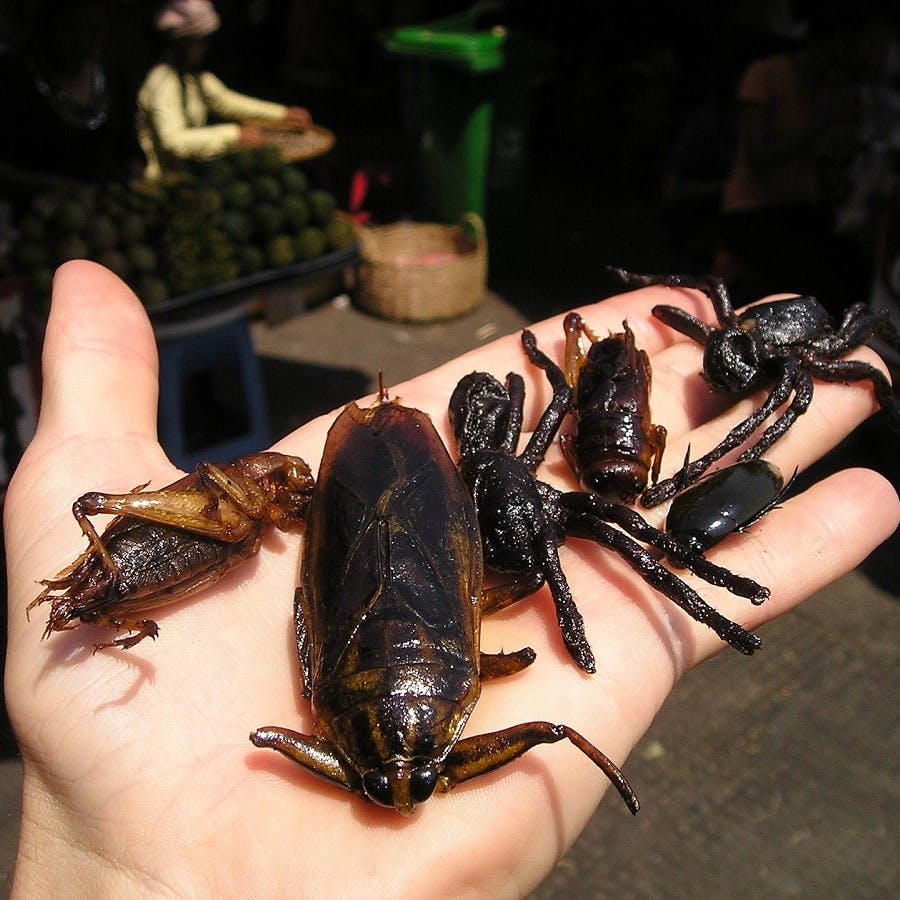
The Protein Question
Though not yet popular in the Western world, edible insects are eaten by roughly 2 billion people predominantly in Africa and Asia. The West’s limited interest in eating bugs maybe because Europe is home to only 2% of the world's edible insects but it’s also down to the perception of dining on insects. There is hope for the edible insect market, there are 2,000 insects that are edible across our planet, with such a range our culinary tastes can be met. The most popular insects eaten globally are beetles and then caterpillars. Beetle juice for breakfast anyone?
The nutritional value varies across species and further research is required to determine the true health benefits of edible bugs. The early research is very promising, some species are high in amino acids, essential minerals such as iron, magnesium, and zinc. Gram for gram insects can also be higher in protein than beef, pork and chicken so they can be added to a well-balanced diet to help us keep fit and healthy.
Everything's not lost if the thought of snacking on crickets turns your stomach. There are other ways to introduce edible bugs into your diet, for example cricket powder can be added to your morning smoothie and home baked bread to boost their protein content. Additionally, as of 2018, food that contains insects is subject to strict EU regulations to ensure they can be eaten safely and you have peace of mind.
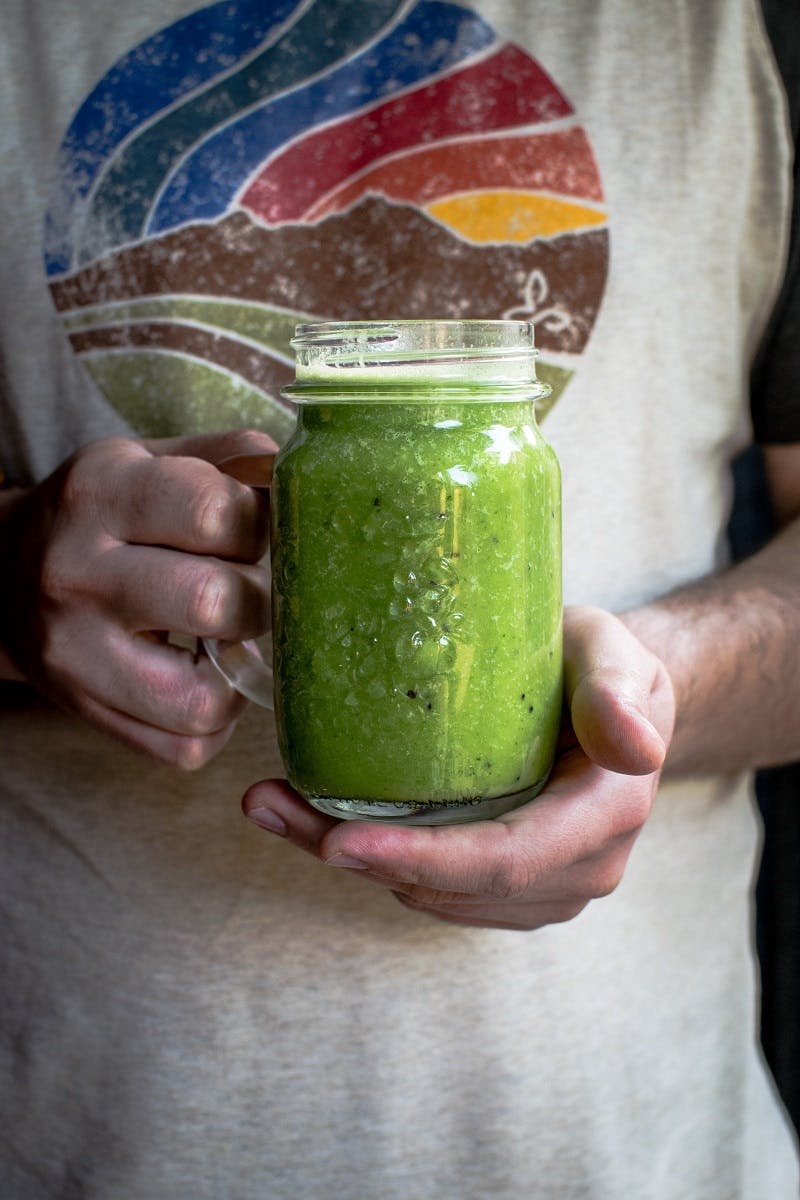


Take action now
Do you want to have a direct impact on climate change? Sir David Attenborough said the best thing we can do is to rewild the planet. So we run reforestation and rewilding programs across the globe to restore wild ecosystems and capture carbon.
Get involvedEntomophagy could also offer a solution to the food shortage that is expected to occur with the growing population
Medical News Today
Eating bugs to lower your carbon footprint
Before we delve into the impacts on our carbon footprint if we were to add edible insects to our diet, let’s hit pause and review the current state of play.
The Food and Agriculture Organization for the UN has found that the global livestock industry is responsible for 14.5% of global greenHouse gas emissions. Therefore our traditional sources of protein; beef, pork, and chicken come with a lot of baggage. Insects, on the other hand, have a much smaller footprint. Insects that we are starting to see being sold in the Western world; mealworms, crickets, and locusts emit around 100 times less greenhouse gases compared with pigs and cattle. There has been a big increase in vegetarianism and going vegan as we try to do our part to lower our carbon footprint. The huge saving in carbon may be the reason some of us try eating insects for the first time.
If you are unsure of your own carbon footprint, you can calculate it here.
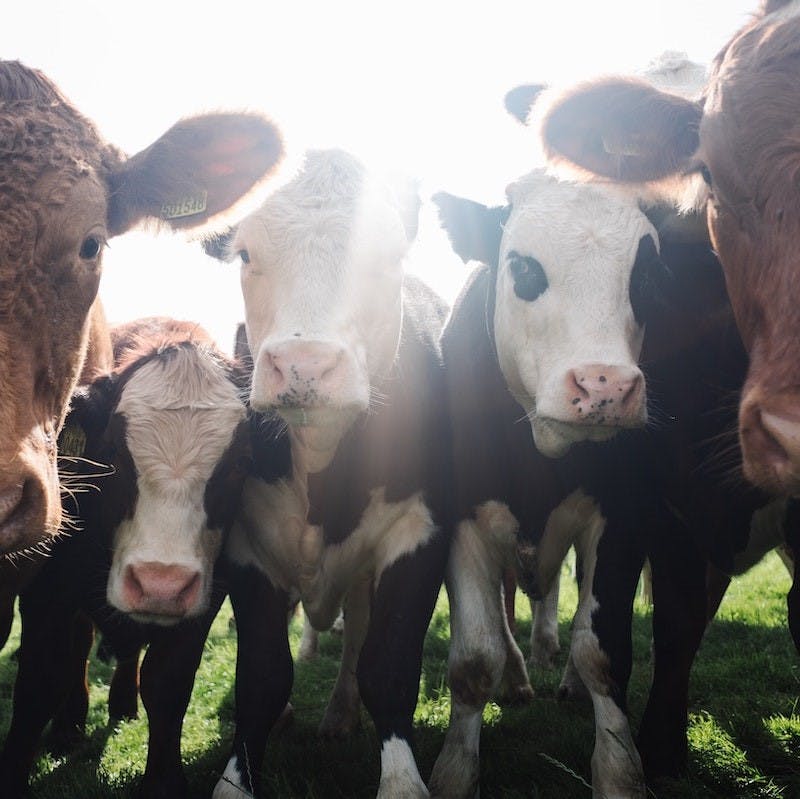
Edible insect recipes
If the world of edible insects is new to you, then I’m sure you’re itching to know what they taste like? The answer is there are tons of flavours and experiences to explore with variety and versatility on offer. One of the top trending insects in the West is crickets, winning over the tastebuds of many with their crunchy texture and nutty flavour. Other flavours to relish are the spicy and citrusy taste of lemon ants or the mild earthy mushroom-like flavour of grasshoppers. The famous Mexican grasshopper delicacy chapulines has been popping up on many menus in the US for its appetising combination of roasted grasshopper caked in spices and lime. This little bug has impressed the best with advocates such as actress Nichole Kidman calling them exquisite.
Intrigued to try this exciting recipe and many more at home? If so, scroll through and choose some delicious dishes presented by these companies below.
All Recipes | Grub Pantry | BUG
Edible Insects - How to Cook with Insects (bugfarmfoods.com)
Bugs for Beginners | Entomophagy Recipes (bugs4beginners.com)
The Eat-a-Bug Cookbook, Revised: 40 Ways to Cook Crickets, Grasshoppers, Ants, Water Bugs, Spiders, Centipedes, and Their Kin by David George Gordon
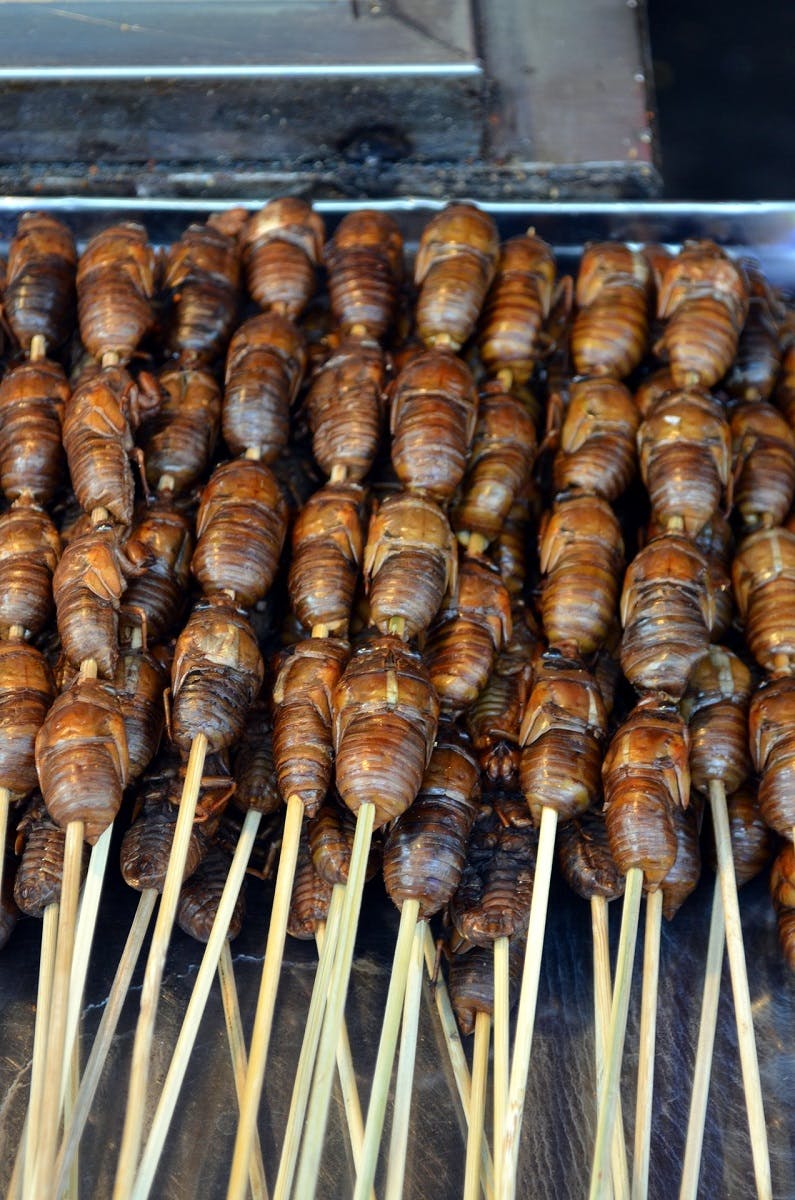
Who's Selling Edible Insects?
The edible insect sector is relatively new, though there are a couple of trailblazers who are selling tasty bugs and grubs, including high street names such as UK supermarket Sainsbury’s and Mexican restaurant chain Wahaca. There are several startups that are producing some tasty snacks, food supplements, and ingredients which we have listed below.
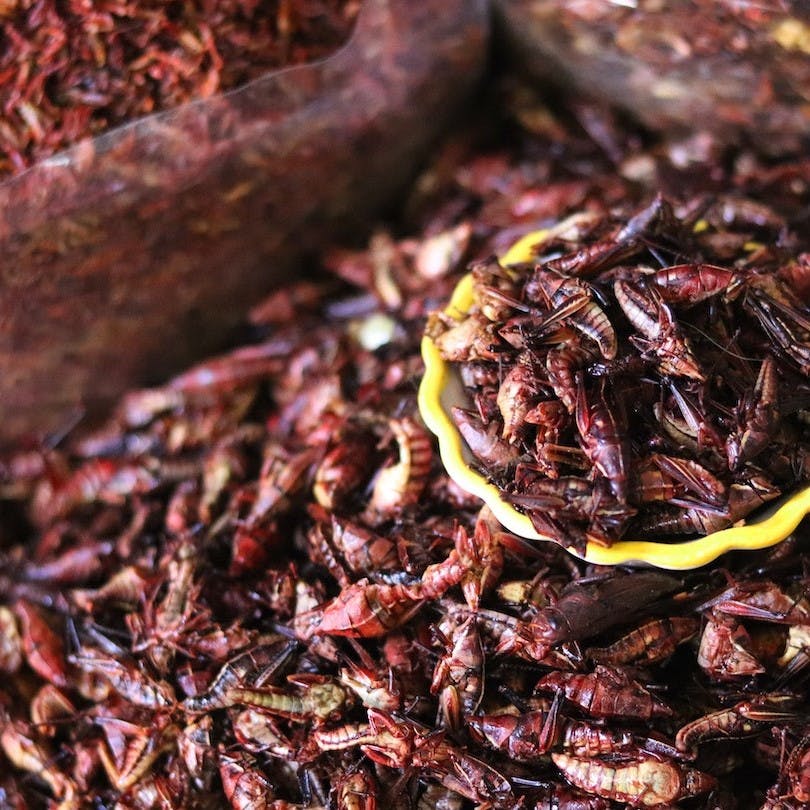
Insect-based pet food
Humans are not the only ones who can enjoy the culinary delights and health benefits of eating insects. Our four-legged furry friends can also reap the rewards of switching from traditional meat-based meals to nutritious and tasty edible insects. What’s more, this switch would be especially beneficial to your household’s environmental impact as studies show pet food has a big carbon footprint (or pawprint). As highlighted in our guide on pets, they consume up to 20% of the world’s meat and fish production. It’s therefore, not surprising that insects have already crept onto the pet food market as an alternative and more eco-friendly protein source. For pet owners concerned about the growth and development of their beloved companions on insect-based foods, the advice from the experts is they need not worry. The British Veterinary Association (BVA) believes some insects, which also boast a range of amino acids, are healthier for our pets than prime steak. With all this in mind, expect to see a growth in insect-based pet foods to purchase and as a result prices should drop. Green Petfood has a range of balanced nutritional meals that cover all your pet’s needs for an active life. There’s a hypoallergenic dog food product to take care of pooches with sensitive stomachs and for cats, a gluten-free insect protein meal with dried chicken that is ethically produced.

Sources & further reading

- “Edible insects - Future prospects for food and feed security” - Food and Agriculture Organization of the United Nations
- “Eating insects is good for you — and the planet!” - The Conversation
 Reduce your intake of protein traditionally found in beef, pork and chicken, and switch to or supplement insects as an alternative protein source.
Reduce your intake of protein traditionally found in beef, pork and chicken, and switch to or supplement insects as an alternative protein source.